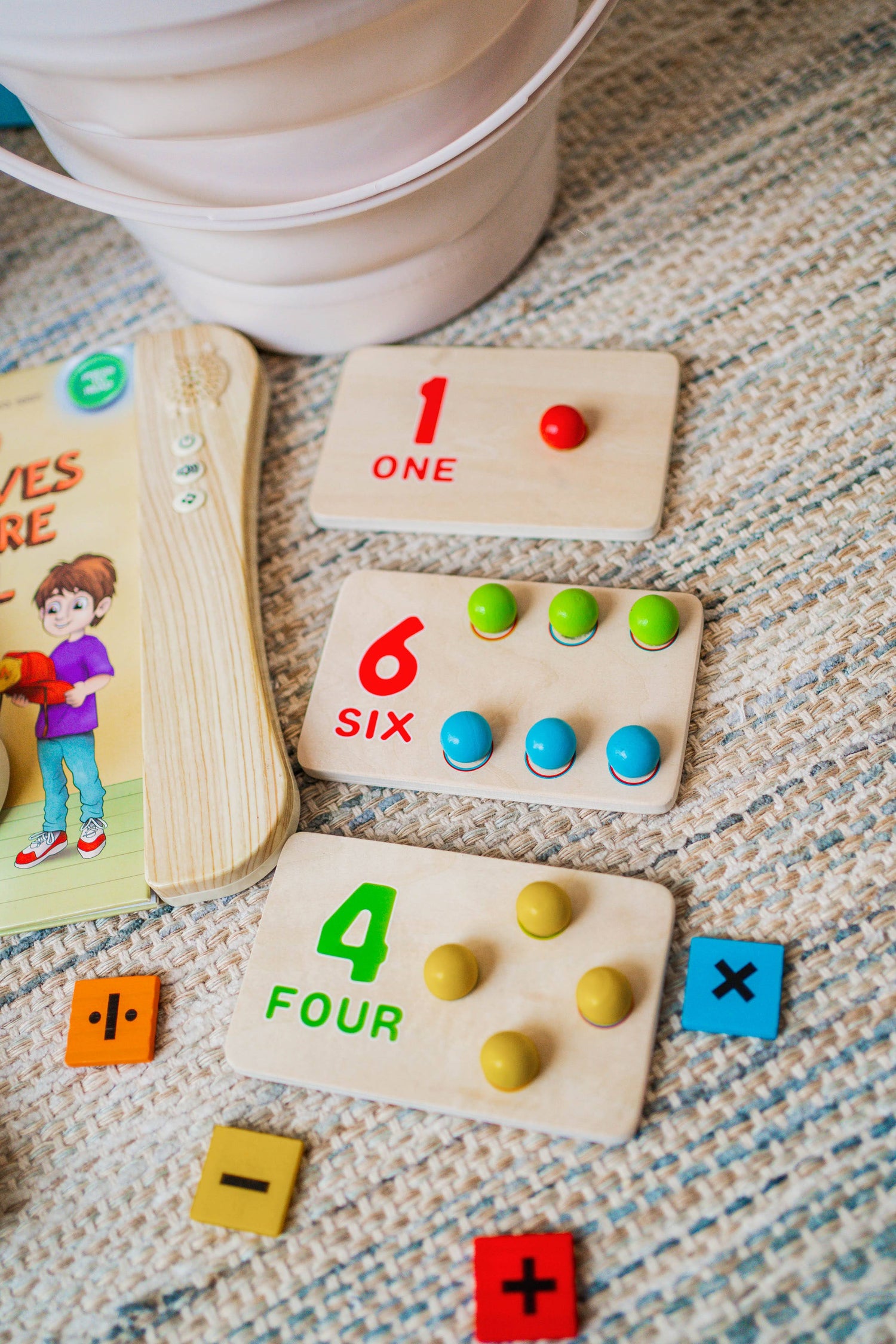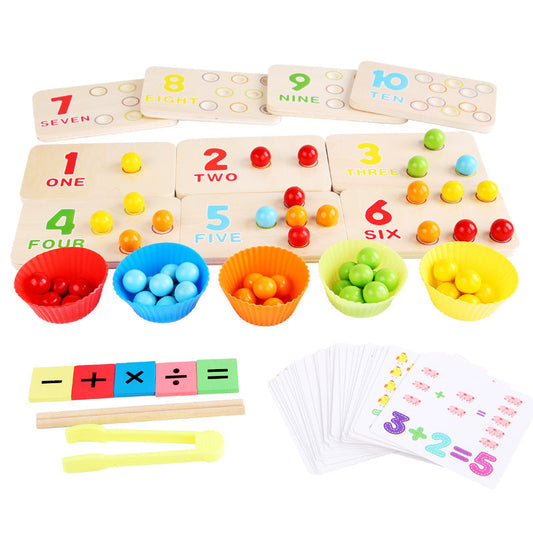Different types of motor skills encompass a spectrum of physical abilities crucial for daily life and developmental milestones. Both fine and gross motor skills play a pivotal role in children's growth, impacting their cognitive, emotional, and physical development. Understanding these skill categories is key to selecting toys and activities that foster a well-rounded skill set in children, setting the stage for lifelong success.
Fine Motor Skills
Fine motor skills involve intricate movements like grasping objects and manipulating small items, which are fundamental for tasks like writing. Small muscle movements, particularly those involving hands and fingers, are essential for lacing up shoes, drawing, and manipulating small objects.
These skills are essential for everyday activities, from buttoning a shirt to using utensils, holding a pencil, and even more advanced tasks like playing a musical instrument or typing on a keyboard. Developing fine motor skills is a critical aspect of a child's overall growth and lays the foundation for various cognitive and physical abilities.
In early childhood, as infants reach out to grasp objects or baby toys and explore their surroundings, they are refining their fine motor skills. As they progress, these skills become more refined and sophisticated, allowing them to carry out tasks that require precision and dexterity. For example, a toddler's ability to stack blocks or manipulate small objects helps improve their hand-eye coordination and finger strength.
During preschool and kindergarten years, fine motor skills continue to evolve. Activities like coloring, cutting paper with scissors, or stringing beads promote hand muscle strength and control. As these skills advance, children become more adept at tasks that require careful coordination, such as forming letters during handwriting and creating artwork.
Fine motor skill development is intertwined with cognitive growth. The ability to manipulate small objects, thread needles, or solve puzzles enhances problem-solving skills and spatial reasoning.
Gross Motor Skills
Gross motor skills encompass the larger, whole-body movements that involve multiple muscle groups and contribute to a child's physical coordination, balance, and accessibility. These entail larger actions such as crawling, running, jumping, or riding a bicycle or scooter. From infancy to childhood, these skills play a pivotal role in a child's ability to navigate their environment, participate in sports, and engage in various physical activities.
During the infant stage, gross motor skills start to develop as babies learn to control their head movements, roll over, and eventually sit up unassisted. Throughout early childhood, preschool, and beyond, the refinement of gross motor skills continues to be essential. Activities like running, jumping, hopping, and skipping contribute to muscle strength, coordination, and cardiovascular fitness.
Participating in team sports or outdoor games further hones gross motor skills while promoting social interaction and teamwork. This also plays a role in cognitive development. There is a strong connection between physical movement and cognitive function.





